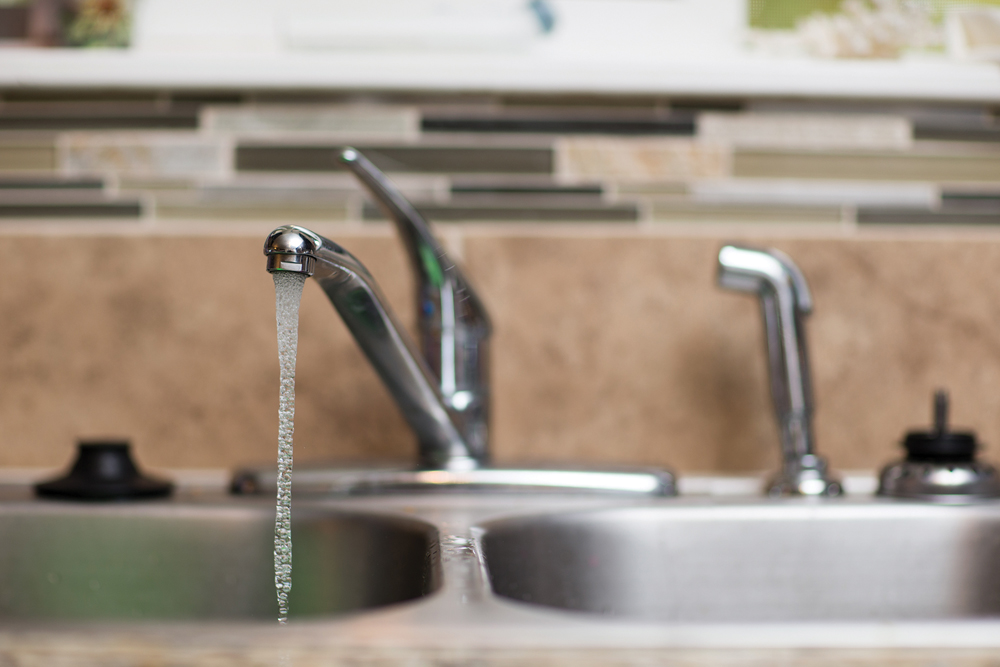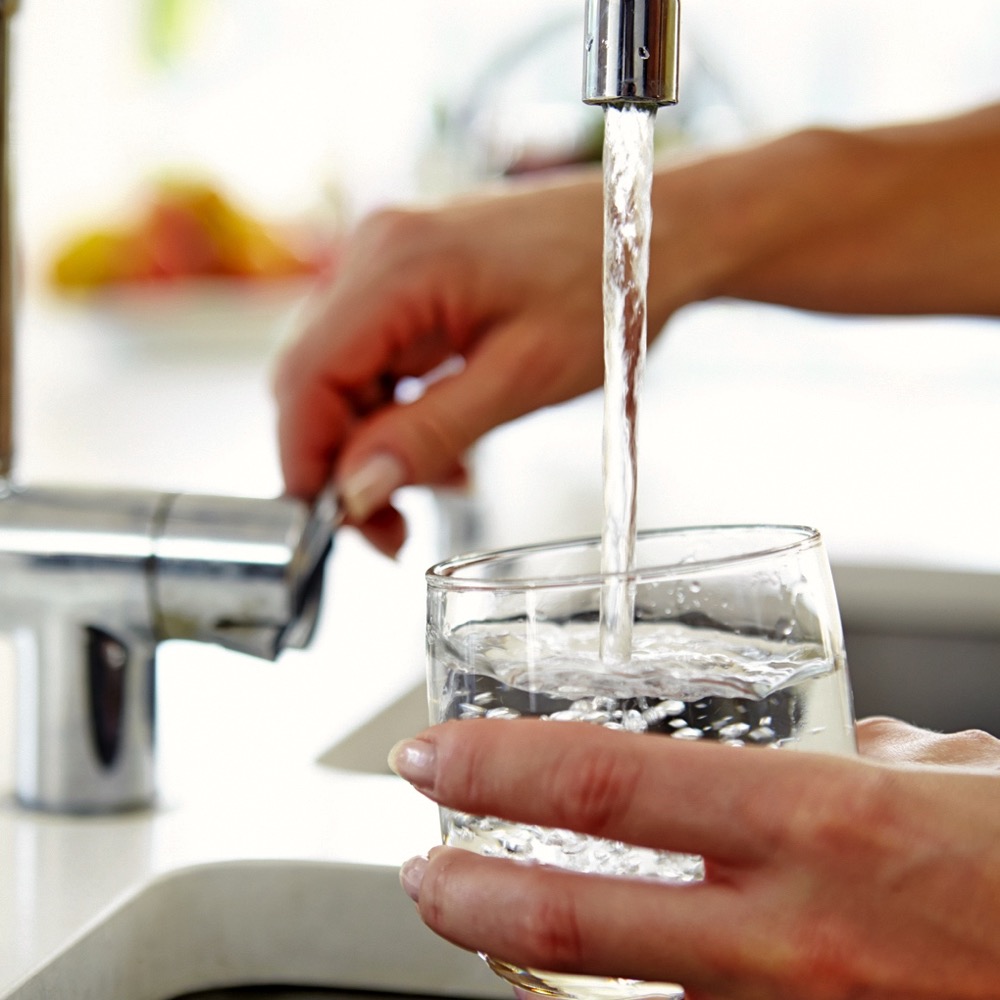An ounce of prevention is worth a pound of cure when it comes to well maintenance.
Test regularly
Test well water once or twice a year for coliform bacteria and E. coli. Sample bottles are available at local public health offices and come with instructions on sampling. The health office will send the sample to a provincial testing lab, either for no cost or a nominal fee.

“Provincial testing offices only test water meant for human consumption,” said Ken Williamson, who conducts Working Well workshops.
“If people want testing for other purposes you would need to go to a private lab. You can find one by looking under laboratories in the Yellow Pages.”
A chemical analysis should be also done every two to three years, especially if you live in an area that has had instances of flooding, he said.
- More on the Alberta Farmer: You may not want to know what lies below — but you should
Blast bacteria
Shock chlorination, in which a large volume of chlorinated water is siphoned down a well, is another fundamental maintenance chore. It should be done once or twice a year to prevent the formation of biofouling material.
Read Also

Farming Smarter receives financial boost from Alberta government for potato research
Farming Smarter near Lethbridge got a boost to its research equipment, thanks to the Alberta government’s increase in funding for research associations.
“They’re a nuisance bacteria that forms slime in the water system and the well. They’re not a health hazard,” said Williamson. “However, if you don’t start doing it soon enough the problem just gets worse and worse and people don’t chlorinate until after it’s too late.”
Shock chlorination also guards against contamination by coliform and E. coli bacteria.
“Those two, because they’re easy to test for, are often red flags of other bacteria. Hopefully if you chlorinate once or twice you can get rid of it.”
Care for the well site
Pay attention to the site where the well is located.
“Make sure the ground slopes away from the well so you don’t have water ponding. Keep grass and bushes trimmed and away from the well,” said Williamson.
And don’t build decorative structures — such as wishing wells — on top of the wells.
“They can create a bit of a microclimate where undesirable critters will be attracted to the area around the wellhead and if they can get into the well they probably will. Some of those structures also make it hard to get at the well to service it.”
Attend a workshop
The whole idea behind the Working Well program is to help people understand their wells, said Williamson.
“When people register for the workshop we get their land location. From there we print off their water well drilling report unless the well is so old there are no reports. We then go through the report with them. We provide a template and they draw the different parts of their well onto a diagram. This helps them see how their well is constructed and what’s down below the ground. It’s a really valuable part of the workshop process.”
The workshops are free and last about 3-1/2 hours. Along with provincial officials, there is usually a health inspector and a water well driller at the workshops.
“Meeting those resource people is something people tell us they really appreciate,” said Williamson.
















